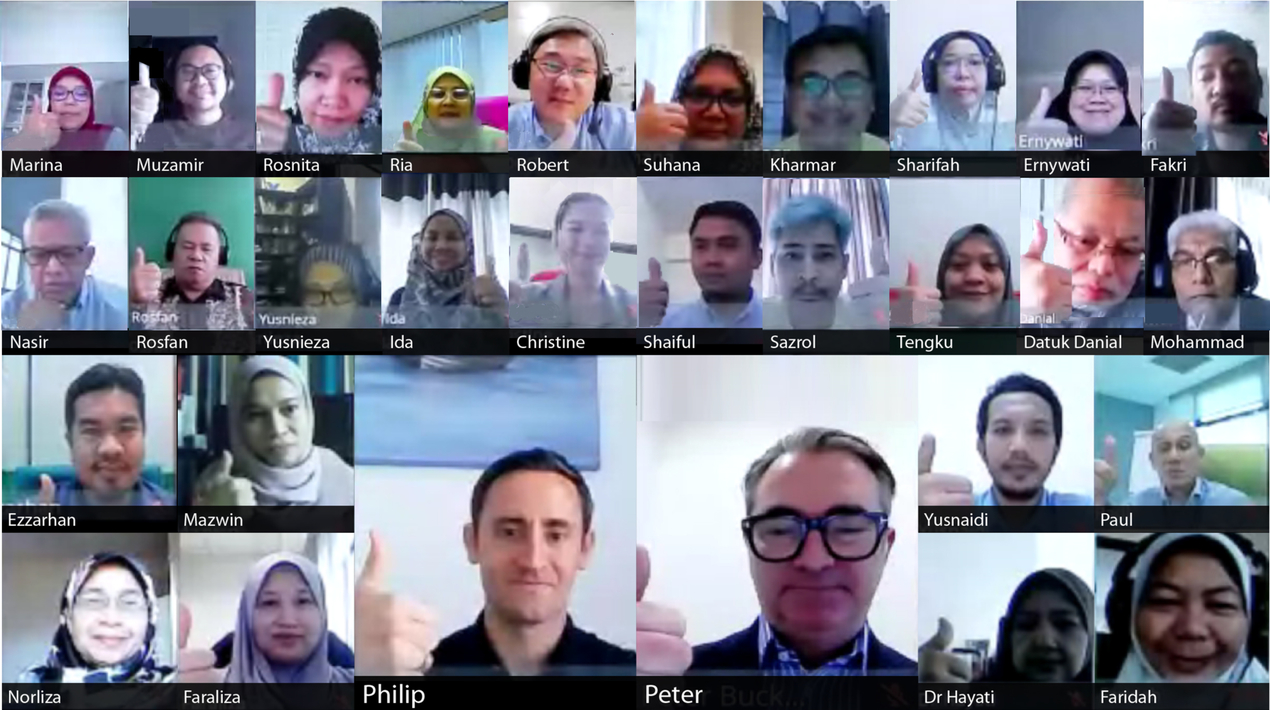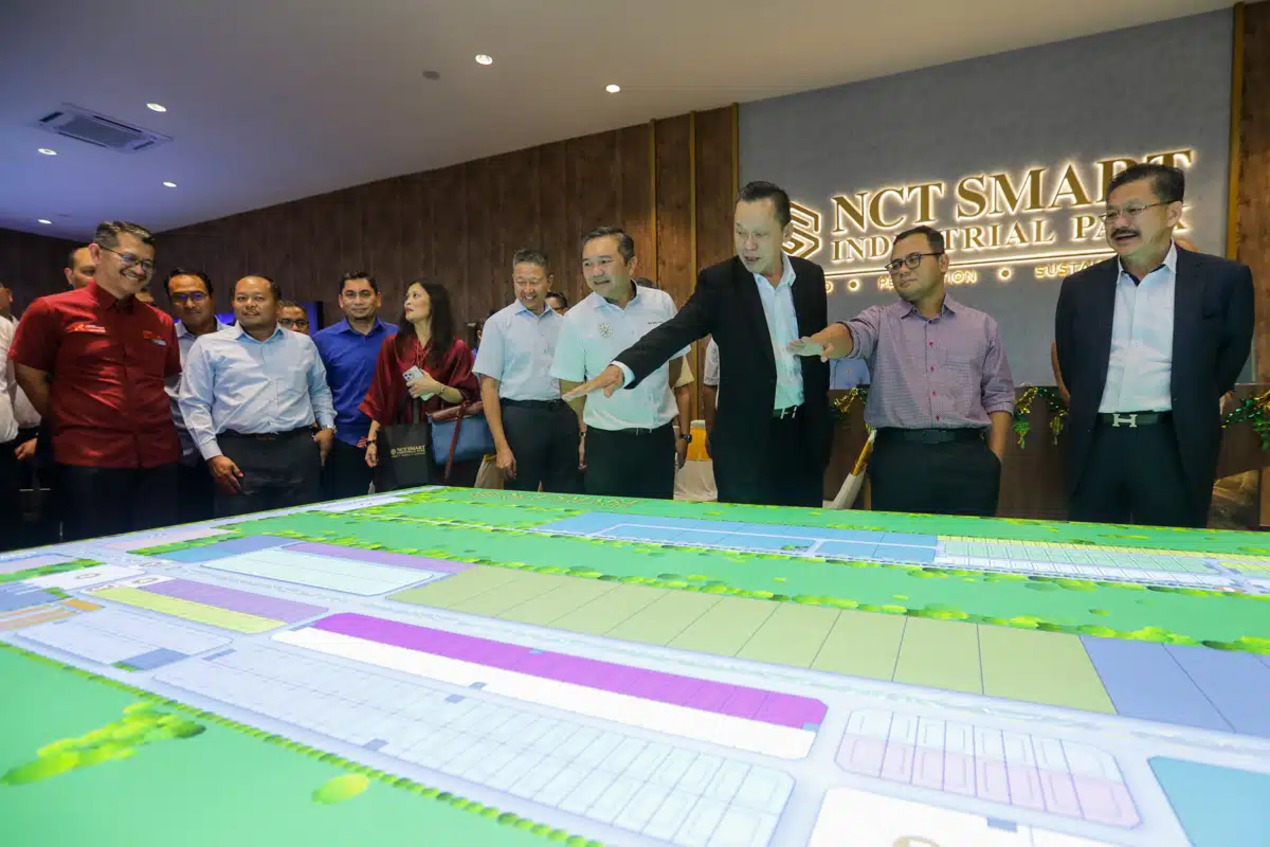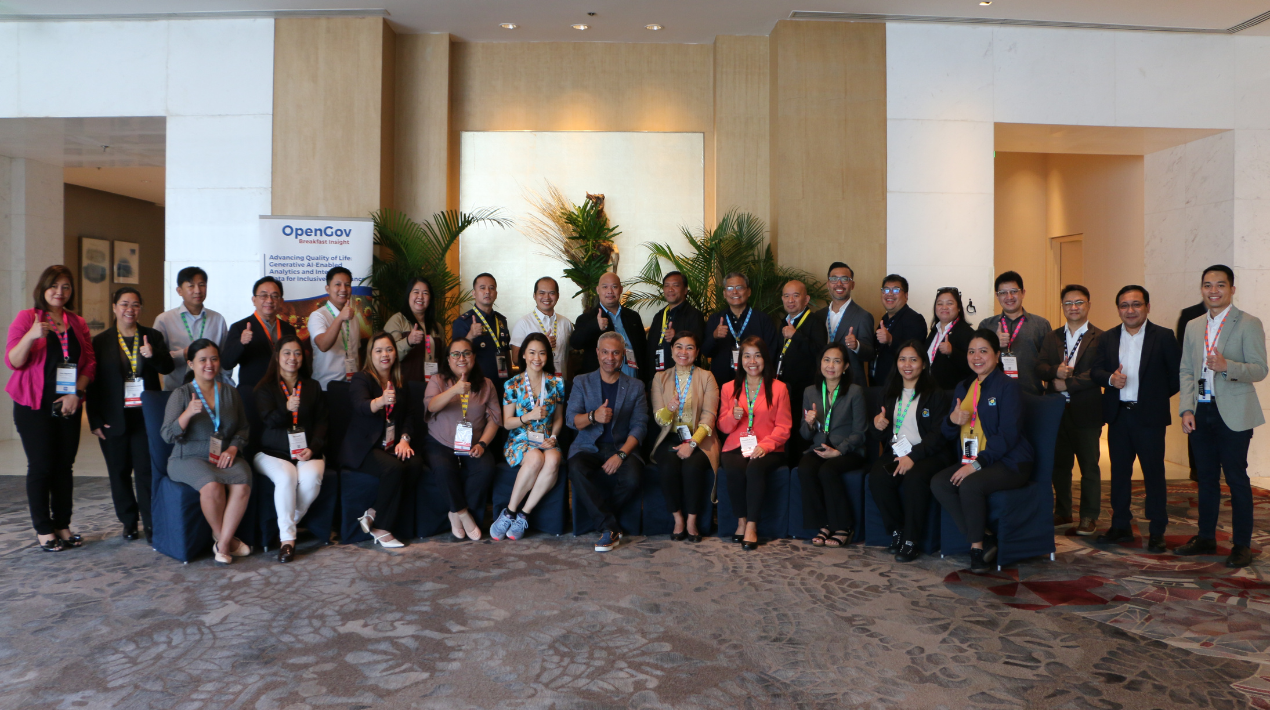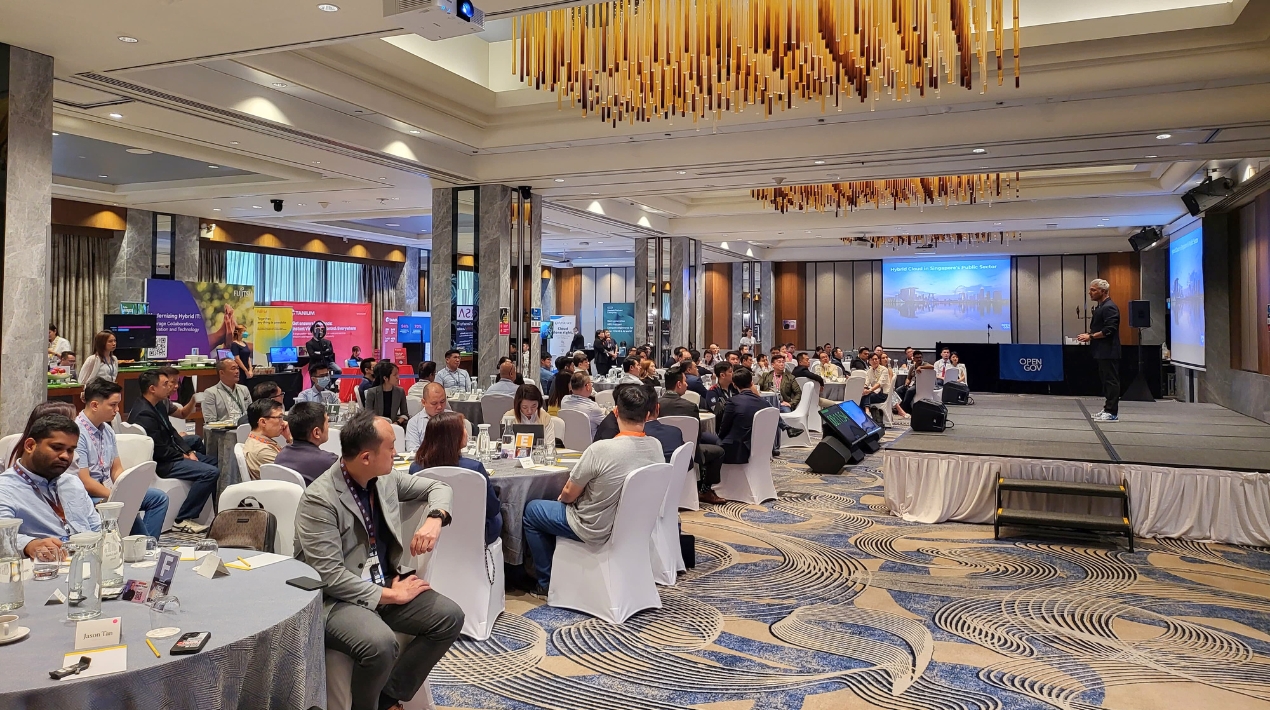
Digital transformation journeys in the past that spanned borders often have a range of guiding principles, delivering a variety of results. Nonetheless, to date, these digital transformation initiatives remain a strategic imperative for organisations to survive and adapt to the growing digital economy.
The pandemic has accelerated this process and makes digital transformation more pertinent; especially for governments and the public sector who are working incessantly to keep citizens safe and economies up and running. During these unprecedented times, the public sector’s key asset that helped them get a hold of the situation – and eventually resolve many of the challenges – is data.
Data is fittingly called the ‘new oil’ in today’s digital world. Chances of succeeding are directly correlated to an organisation’s ability to democratise and derive insights from large volumes of it. Data and analytics are considered the key accelerants of an organisation’s digitisation and transformation efforts, enhancing any organisation’s ability to compete in the emerging digital economy.
Another significant factor that directly impacts an agency’s digital transformation is the identification and automation of tedious, manual processes. This allows for the re-allocation of skilled human resources to more complex tasks such as high-level decision making, increasing organisational capacity and efficiency.
The third important pillar in digital transformation is an agency’s most prized possession – people. Upskilling and empowering the workforce with the latest technology and automation enables a more collaborative culture across the organisation, helps deliver quick wins and allows for transformative outcomes.
The question is: how can the public sector make the convergence of data, processes and people possible?
The answer is Analytic Process Automation (APA). APA enables easy data sharing, automates tedious processes and unlocks predictive insights that drive timely attainment of goals. It eliminates the need to use multiple discreet tools to manage data, processes and people, making it easier and faster for governments to take care of the citizens.
APA is an effective tool for the public sector industry to track and fight the pandemic outbreak, improve data accountability, increase transparency in procurement and facilitates effective disaster recovery and relief.
This was the focal point of the OpenGovLive! Virtual Breakfast Insight held on 04 June 2021 aimed at imparting knowledge on making digital transformation more effective and sustainable for the public sector in Malaysia through data analytics and workforce upskilling.
The session served as a great peer-to-peer learning platform to gain insights and practical solutions on the democratisation of data, automating processes and empowering the workforce to enhance service delivery to citizens.
Importance of Data in Digital Transformation Journeys

To kickstart the session, Mohit Sagar, Group Managing Director and Editor-in-Chief at OpenGov Asia delivered the opening address.
Mohit acknowledged that organisations came up with a slew of ad-hoc solutions and band-aid technologies to further their digital transformation journeys during the pandemic. Digital initiatives and tech platforms were launched left and right but COVID-19 taught us that there is room for change.
Research shows more data than ever before was collected in the COVID-19 era. But in and of itself, data can do nothing. Mohit emphasised users must fully understand what data can do for them. Most people do not know where to start – that is where problems come from.
Users need to investigate the depth and scale of data and not merely play on its surface. Governments and their agencies need to understand that data must be democratised and made accessible so more people can use it.
Arguably most decision-makers resort to ad-hoc solutions and band-aid measures in crises. The question, Mohit asked was: can governments run the way they have been running the past few months more efficiently and innovatively?
Understanding proper utilisation of data along with more personalised citizen services can help with that.
In closing, Mohit urged the delegates to find the right partners for their data and digital journey. If they want to stay ahead of the curve, it is vital to work with experts who can guide them along the right path.
The Convergence of Data, Process and People

After the opening address, the session heard from Philip Madgwick, Regional Director (ASEAN), Alteryx. who talked about the state of the analytics market and the journey to analytic process automation.
He believes that the process consists of building citizen trust, government agility and promoting sustainability.
Building citizen trust through multichannel citizen engagement is critical. The public sector must create a quality experience by offering citizens seamless access to public services via any channel that conforms to their stated preferences.
Citizen digital identity must also be prioritised. Governments must bridge multiple governances and commercial digital channels by supporting digital identities that protect the privacy of individuals and the security of their information.
Key, too, is adaptive security; the government must anticipate and mitigate constantly evolving cyberthreats by approaching risk, trust and security as a continuous and adaptive process.
Government agility can be improved by design. Agencies should develop agile systems and solutions by applying principles of modularity, interoperability and standards that support the current and target states of the enterprise architecture.
Digital product management must be complemented by speedy solution delivery using a product management approach to define, develop, deliver, monitor, refine and retire digital government services and offerings.
Agencies must act as the designated information and technology brokers by assembling and managing a complete portfolio of cloud-based services.
Finally, governments must digitally empower their workforce by building the competencies needed for cross-cutting, digital transformation initiatives by providing training, tools and autonomy that supports self-managing teams.
Governments can promote sustainability by utilising shared services 2.0, delivering high-value business capabilities such as enterprise-wide security, identity management, platforms or business analytics.
Analytics everywhere must be incorporated within the organisation. Inserting real-time, context-based analysis to support autonomous business processes while informing decision-making can go a long way. A digital government must also enhance its cognitive and organisational performance by establishing a human-centred model of people and intelligent technologies working in partnership.
Philip agreed that there are organisational challenges that stand in the way of achieving outcomes. A disconnected approach between data, process and people prevents these wanted outcomes. Challenges like the limitation of data, slow data curation, analytics and data science, processes which are manual and unoptimised, disjointed and unengaged people with no sign of upskilling.
To rise above these challenges, Philip emphasised that the three pillars -data, process and people – must converge into one priority. Data and analytics must be open to democratisation to allow easier access to data and automated machine learning for analysts and data scientists. Automating processes is key to minimise manual intervention, achieving high efficiency and minimal error.
Last but not least, is upskilling people. Governments must have a robust analytics community, enriched step by step with a classroom curriculum and by utilising intuitive and engaged platforms to help build confidence among the workforces.
Creating a Connected World Through Data

The delegates moved to a presentation from Peter Buckmaster, Director of Digital Experience Design, Department of Education New South Wales.
Peter began by introducing the NSW Department of Education (DOE) as the largest education department in the southern hemisphere. He shared how it is using digital platforms such as websites, apps and social channels with live streaming capabilities. NSW DOE makes it a mission to deliver and promote a connected world with the use of analytics and the cloud.
Peter shared that their organisation is continuously looking to identify their customers/citizens to deliver the right content or services in the right context. This was key, especially during the COVID-19 pandemic.
He shared their organisation’s digital dashboard that helps increase the student assessment’s efficiency and effectiveness with the use of data. He touched on the NSW DOE’s Staff Portal that aims to provide improved mobility to assist staff in the management of day-to-day administration needs at schools, whilst on the go. While functionality is aimed at principals currently, access to the portal is available for all NSW DOE staff. New features are continuously being worked on and any suggestions by staff are encouraged.
Key features include:
- SchoolBiznews: Optional push notifications. Find, save and share SchoolBiz articles and editions.
- My Essentials: Quick, easy access to essential shortcuts
- Contact Directory search: Access to school contact lists
He conceded that part of a true digital transformation is moving to a more personalised world. The transformation journey horizons are:
- Horizon 1: Know Me (Incremental Innovation), Archetype based experience
- Horizon 2: Understand Me (Progressive Innovation), Personalisation experience based on User ID
- Horizon 3: Give Me What I Need (Transformational Innovation) Mass Customer Personalisation based on contextual ID
Peter noted that personalisation initiatives must come from multiple disconnected websites, services that are not brand-compliant, not widely accessible and not created for an audience. Personalisation must go to a single view of truth organised around goals/tasks.
At the end of his presentation, Peter emphasised that fact everyone lives in a connected world. Human-centred design and product development have evolved, so data is key to creating better customer experiences. Data must be used to inform and improve customer/citizen-related decision-making and continue to drive transformation. The data used to create personalisation is the key to future relationships.
Interactive Discussion
After the informative presentations, delegates participated in interactive discussions facilitated by polling questions. This activity is designed to provide live-audience interaction, promote engagement, hear real-life experiences and impart professional learning and development for participants.
The opening poll asked how delegates would rate their organisation’s use of data and data analytic tools for decision-making. Close to two-thirds (65%) of the delegates said that it is fair and they use data in their decision-making process. However, they acknowledge that the analysis is primarily a manual process as they don’t have enough data analysts/scientists.
About a quarter (23%) said it is good and they have some tools in place but are still learning how to optimise them fully. Just over a tenth (11%) agreed that it needs improvement and they need better tools to analyse and are currently relying mainly on Excel.
The delegates were asked how much progress their organisations have made in establishing an upskilling programme that develops a mix of soft, technical and digital skills.
An overwhelming majority (82%) indicated they are starting to make progress, 14% said they are making moderate progress while 5% conceded that no progress has been made.
The next poll was about the delegates’ main reason for automating their analytics and boosting their digital transformation initiatives. About 43% said that automated manual and repetitive processes are the main drivers. A quarter (24%) acceded that upskilling people to increase individual productivity is their main reason while 19% said that centralised governance and security using a trusted environment is the key factor.
Asked why they are trying to leverage data and what the key attributes for these efforts are, 44% said they are trying to leverage data for better visualisation, 22% said they are using data to upskill data workers, 17% said data democratisation is vital while 11% said that AI and ML capabilities without coding can be achieved by fully utilising datasets.
Conclusion
The session concluded with a closing address from Philip. He reminded the delegates who were just starting their digital transformation journeys to remember that there are people well down the road already. Knowing this, he advised the delegates to be open in partnership, not just with Alteryx, but with other service providers and organisations as well. They should also study available use cases to give them ideas and food for thought on the path to a true digital transformation.
He conceded that everyone should start embracing data and analytics within day-to-day tasks. Philip noted that this is a team sport and once people are aligned with what the organisation as a whole is trying to achieve, the possibilities are wide open.





















